-
 Bitcoin
Bitcoin $113200
1.54% -
 Ethereum
Ethereum $4368
1.43% -
 XRP
XRP $3.022
4.23% -
 Tether USDt
Tether USDt $0.0000
-0.01% -
 BNB
BNB $883.5
0.92% -
 Solana
Solana $219.5
5.29% -
 USDC
USDC $0.9997
-0.02% -
 Dogecoin
Dogecoin $0.2411
3.66% -
 Cardano
Cardano $0.8908
5.48% -
 TRON
TRON $0.3349
0.94% -
 Hyperliquid
Hyperliquid $54.50
8.93% -
 Chainlink
Chainlink $23.73
5.54% -
 Ethena USDe
Ethena USDe $1.001
-0.01% -
 Sui
Sui $3.602
5.47% -
 Stellar
Stellar $0.3861
5.90% -
 Bitcoin Cash
Bitcoin Cash $585.1
-1.13% -
 Avalanche
Avalanche $26.09
4.37% -
 Hedera
Hedera $0.2325
5.06% -
 UNUS SED LEO
UNUS SED LEO $9.549
-0.23% -
 Litecoin
Litecoin $114.2
1.13% -
 Cronos
Cronos $0.2502
-2.95% -
 Toncoin
Toncoin $3.134
1.24% -
 Shiba Inu
Shiba Inu $0.00001307
4.10% -
 Polkadot
Polkadot $4.148
3.50% -
 Uniswap
Uniswap $9.759
3.47% -
 Ethena
Ethena $0.8495
11.24% -
 World Liberty Financial
World Liberty Financial $0.2188
3.76% -
 Dai
Dai $0.9997
-0.03% -
 Monero
Monero $271.7
0.21% -
 Aave
Aave $309.2
2.95%
How do crypto options get settled?
Crypto options settle via cash or physical delivery, with cash settlement—using stablecoins or BTC—being dominant on platforms like Deribit and OKX.
Aug 13, 2025 at 11:35 am
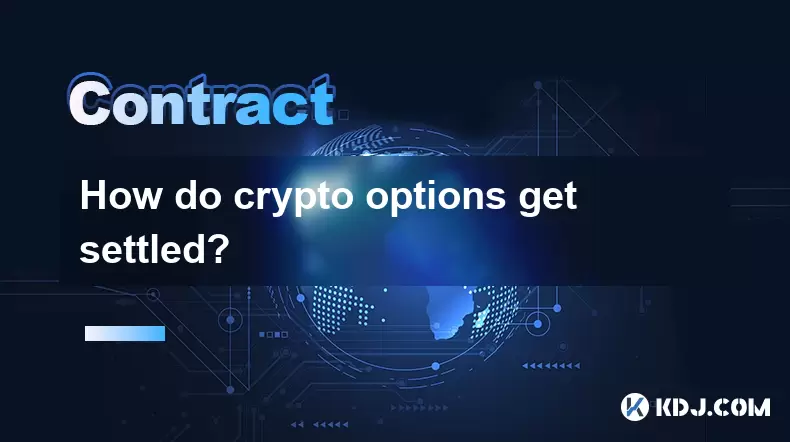
Understanding Crypto Options Settlement Mechanisms
Crypto options are financial derivatives that give traders the right, but not the obligation, to buy or sell a cryptocurrency at a predetermined price before or at a specified expiration date. The process through which these contracts are resolved upon expiry or exercise is known as settlement. There are two primary methods of settlement in the crypto options market: cash settlement and physical delivery. The choice between these methods depends on the exchange or platform offering the options and the specific contract terms.
In cash settlement, the difference between the strike price and the market price of the underlying cryptocurrency is paid in stablecoins or fiat currency. This means no actual transfer of the base cryptocurrency (e.g., Bitcoin or Ethereum) takes place. Instead, the profit or loss is calculated and credited or debited in cash form. This method is common on major derivatives exchanges like Deribit and OKX, where settlement occurs in USDT, USD Coin (USDC), or even Bitcoin itself as the settlement asset.
On the other hand, physical delivery involves the actual transfer of the underlying cryptocurrency from the seller to the buyer upon exercise of the option. For example, if a call option on Bitcoin is exercised, the holder receives BTC at the agreed strike price, and the writer delivers it. This model is less common due to custody and logistical challenges but is used in certain institutional-grade platforms.
How Cash Settlement Works in Practice
Cash settlement is the dominant model in crypto options trading, especially on centralized exchanges. When an option expires in-the-money (ITM), the system automatically calculates the payout based on the final settlement price. This price is typically derived from a time-weighted average price (TWAP) of the underlying asset across multiple spot exchanges over a set period before expiry, preventing price manipulation.
For a call option, the payout is:Max(0, Settlement Price – Strike Price) × Contract Size
For a put option, the payout is:Max(0, Strike Price – Settlement Price) × Contract Size
The result is paid in the settlement currency, which is often a stablecoin or the platform’s native currency. For instance, on Deribit, Bitcoin options are cash-settled in BTC. This means if you hold a BTC-denominated call option and it expires ITM, your profit is paid in BTC, not USD or USDT.
The settlement process is fully automated. Traders do not need to manually exercise their options. Exchanges use European-style exercise, meaning options can only be settled at expiry, not before. This simplifies the backend logic and ensures consistency in payout calculations.
Physical Delivery Process and Use Cases
While less common, physical delivery is used in specific scenarios, particularly in over-the-counter (OTC) markets or bespoke institutional contracts. In this model, the actual cryptocurrency changes hands. For example, if a trader holds a physically settled BTC call option with a strike price of $60,000 and BTC is trading at $65,000 at expiry, the option holder pays $60,000 worth of the settlement currency and receives one BTC.
To execute physical delivery:
- The exchange or counterparty verifies the holder’s funds and the writer’s ability to deliver the asset.
- The underlying cryptocurrency is transferred from the option writer’s wallet to the holder’s wallet.
- The payment in the strike currency (e.g., USDT) is sent from the holder to the writer.
This method requires robust custody solutions and clear counterparty agreements. It is more complex than cash settlement and exposes both parties to blockchain transaction risks, such as network congestion or high fees. However, it is preferred by institutions that want actual exposure to the asset rather than synthetic gains.
Role of Oracles and Price Feeds in Settlement
Accurate price discovery is critical for fair settlement. Exchanges rely on decentralized or centralized oracles to fetch the final settlement price. These oracles aggregate data from multiple reputable spot exchanges—such as Coinbase, Kraken, and Binance—over a defined window, usually the last hour before expiry.
The use of time-weighted average pricing (TWAP) minimizes the risk of last-minute price spikes or flash crashes influencing the outcome. For example, Deribit uses a 30-minute TWAP from several exchanges to determine the final mark price.
Oracles must be resistant to manipulation. Some platforms use multi-source aggregation with outlier filtering. If one exchange reports an anomalous price, it is excluded from the average. This ensures the settlement price reflects genuine market value and prevents bad actors from gaming the system.
Decentralized finance (DeFi) platforms like Hegic or Thales use blockchain-based oracles such as Chainlink to pull off-chain price data. These systems are transparent and verifiable on-chain, increasing trust among users.
Step-by-Step Settlement on a Centralized Exchange
Settlement on platforms like Deribit or OKX follows a precise automated sequence. Here’s how it unfolds:
- The system identifies all options contracts approaching expiry.
- It collects price data from designated spot exchanges during the settlement window.
- The final settlement price is computed using a TWAP algorithm.
- For in-the-money options, the payout is calculated in the settlement currency.
- The exchange updates user balances instantly, crediting profits and debiting losses.
- Out-of-the-money and at-the-money options expire worthless, with no action required.
Users do not need to take any steps to claim payouts. The entire process is handled server-side. However, traders must ensure their accounts are in good standing—no open margin calls or liquidation risks—that could affect final settlement eligibility.
Common Questions About Crypto Options Settlement
Can I manually exercise my crypto option before expiry?Most crypto options are European-style, meaning early exercise is not allowed. Settlement occurs only at expiry. American-style options, which permit early exercise, are rare in the crypto space and typically found in OTC or DeFi protocols with specific smart contract logic.
What happens if my exchange goes offline during settlement?Reputable platforms have redundancy systems. Settlement is based on pre-defined rules and oracle data, so even if the front-end is down, back-end systems process payouts automatically. Funds are credited once service is restored.
Are settled gains taxable?Tax treatment depends on jurisdiction. In many countries, cash-settled gains are treated as capital income and must be reported. Physical delivery may trigger a taxable event upon receipt of the asset. Consult a tax professional for guidance.
How do I verify the fairness of the settlement price?Exchanges publish their settlement methodologies. You can cross-check the final TWAP using historical data from source exchanges. Some platforms provide settlement logs or API endpoints for transparent verification.
Disclaimer:info@kdj.com
The information provided is not trading advice. kdj.com does not assume any responsibility for any investments made based on the information provided in this article. Cryptocurrencies are highly volatile and it is highly recommended that you invest with caution after thorough research!
If you believe that the content used on this website infringes your copyright, please contact us immediately (info@kdj.com) and we will delete it promptly.
- USDT0 & X Layer: Unifying Stablecoin Liquidity for a Seamless Web3 Experience
- 2025-09-09 22:45:15
- Dogcoin Mining: Turning a Meme into a Profit Source
- 2025-09-09 22:45:15
- Crypto Casinos, Bitcoin & Europe in 2025: Riding the Wave
- 2025-09-09 22:25:15
- OpenSea's SEA Token: Tokenomics, Treasure Chests, and the Future of NFT Trading
- 2025-09-09 22:25:15
- BBVA, Ripple, and Crypto Custody: A New Era for European Banking
- 2025-09-09 22:50:12
- Sky High Stakes: The USDH Bidding War Heats Up
- 2025-09-09 23:10:12
Related knowledge
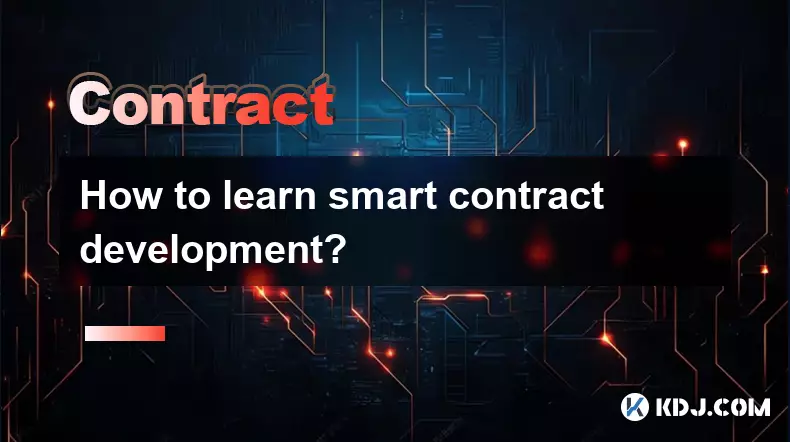
How to learn smart contract development?
Sep 09,2025 at 02:18am
Understanding the Foundation of Smart Contracts1. Smart contract development begins with a solid understanding of what smart contracts are—self-execut...
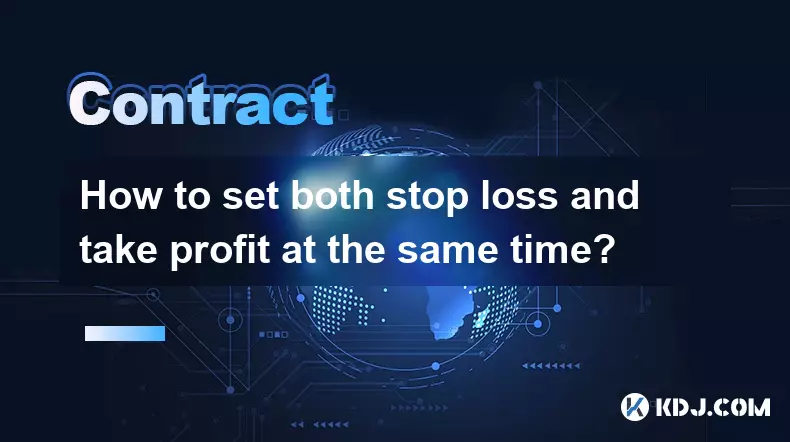
How to set both stop loss and take profit at the same time?
Sep 06,2025 at 04:36pm
Understanding Simultaneous Stop Loss and Take Profit Orders1. Placing both stop loss and take profit orders at the same time is a standard practice in...

What is copy trading for crypto futures?
Sep 07,2025 at 02:00am
What Is Copy Trading in Crypto Futures?1. Copy trading in crypto futures allows investors to automatically replicate the trades of experienced traders...
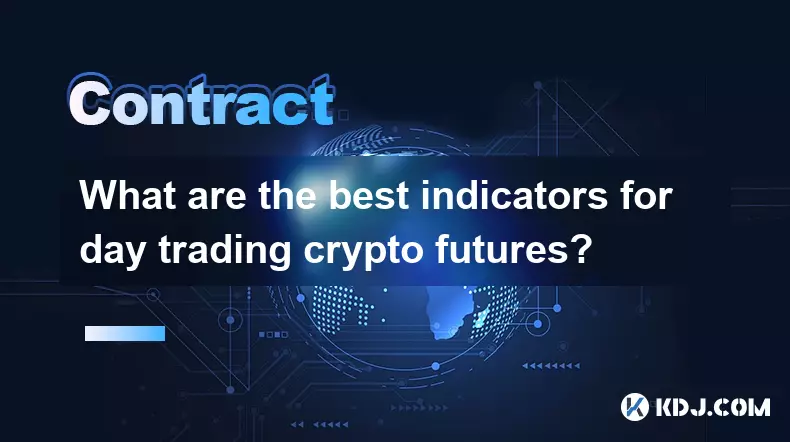
What are the best indicators for day trading crypto futures?
Sep 08,2025 at 10:18am
Top Technical Indicators for Crypto Futures Day Trading1. The Relative Strength Index (RSI) is widely used to identify overbought or oversold conditio...
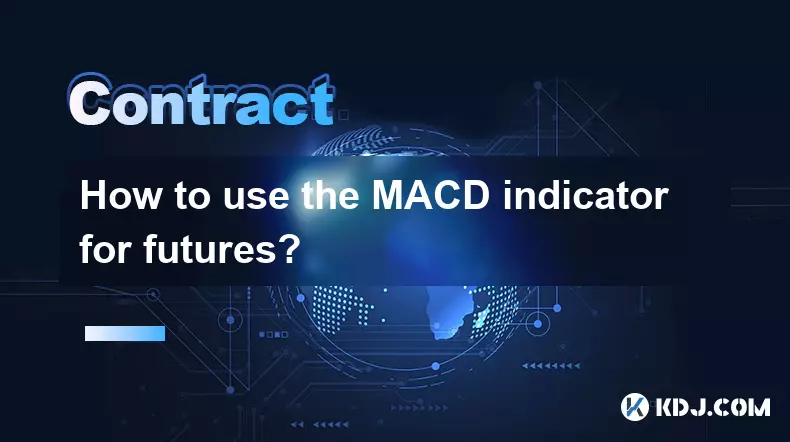
How to use the MACD indicator for futures?
Sep 07,2025 at 09:00pm
Understanding the MACD Indicator in Futures Trading1. The MACD (Moving Average Convergence Divergence) indicator is a momentum oscillator widely used ...

What to do if you are about to be liquidated?
Sep 06,2025 at 01:00am
Understanding Liquidation in the Crypto Market1. Liquidation occurs when a trader’s margin balance falls below the required maintenance margin, forcin...

How to learn smart contract development?
Sep 09,2025 at 02:18am
Understanding the Foundation of Smart Contracts1. Smart contract development begins with a solid understanding of what smart contracts are—self-execut...

How to set both stop loss and take profit at the same time?
Sep 06,2025 at 04:36pm
Understanding Simultaneous Stop Loss and Take Profit Orders1. Placing both stop loss and take profit orders at the same time is a standard practice in...

What is copy trading for crypto futures?
Sep 07,2025 at 02:00am
What Is Copy Trading in Crypto Futures?1. Copy trading in crypto futures allows investors to automatically replicate the trades of experienced traders...

What are the best indicators for day trading crypto futures?
Sep 08,2025 at 10:18am
Top Technical Indicators for Crypto Futures Day Trading1. The Relative Strength Index (RSI) is widely used to identify overbought or oversold conditio...

How to use the MACD indicator for futures?
Sep 07,2025 at 09:00pm
Understanding the MACD Indicator in Futures Trading1. The MACD (Moving Average Convergence Divergence) indicator is a momentum oscillator widely used ...

What to do if you are about to be liquidated?
Sep 06,2025 at 01:00am
Understanding Liquidation in the Crypto Market1. Liquidation occurs when a trader’s margin balance falls below the required maintenance margin, forcin...
See all articles
























































































